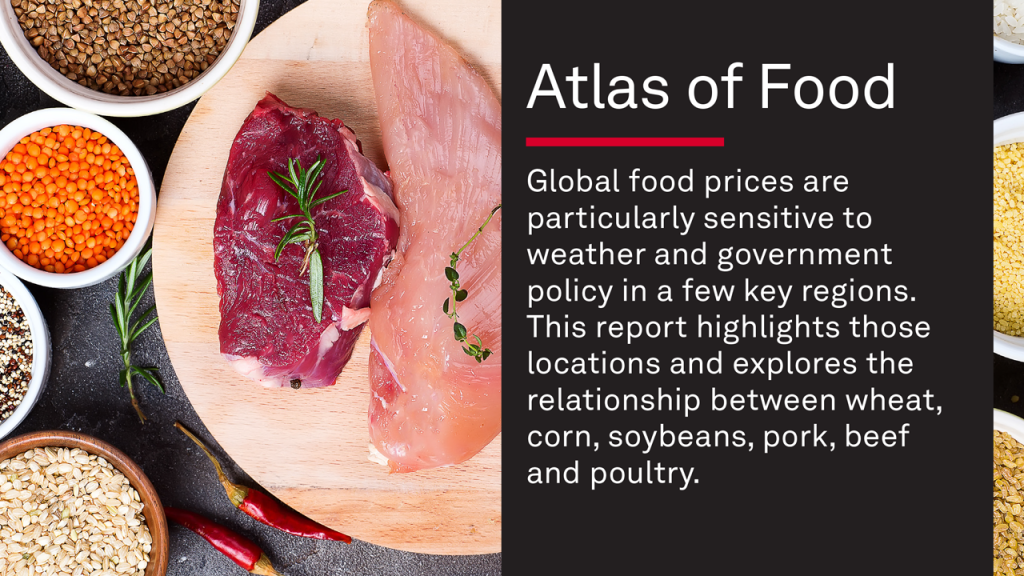Circular boom(let): Resale and reuse surge as new fashion turnover slows
Tariffs and inflation "help," but meaningful sustainability requires more changes from the fashion industry. Read More

- Secondhand sales are expected to hit $317 billion by 2028.
- But circular and resale models are expanding still account for only a small fraction of total fashion production.
- Brands must pair reuse and resale with durable design and innovative business models.
Old clothes are having a moment. Consider:
• At Fashion Week this year, models paraded eBay’s Endless Runway in secondhand styles, featuring Moschino in Milan, LUAR in New York and Niccolò Pasqualetti in Paris.
• H&M opened its second vintage Preloved store-within-a-store in Beverly Hills in November.
• Buffalo Exchange reports more people trading in used garments this year toward credit on brands like Zara and Madewell.
• Secondhand sales will grow two to three times faster than “firsthand” in the next two years, to $317 billion, according to the State of Fashion 2026 by Business of Fashion and McKinsey.
All together the trend represents a bright spot for an industry expected to squeak out single-digit growth in the year ahead after falling by double digits last year. The report described a “sustainability stalemate” as tariffs and inflation squeeze brands and consumers.
Resale and other circular business models address these tensions. Indeed, rising “circular” sales made up 27 percent of the luxury market and 4 percent of the mass market last year, according to data from the Mastercard Economics Institute. Luxury reseller Vinted became France’s top retailer by volume this spring after growing net profit past 330 percent between 2023 and 2024.
Resale rising
Many mid-market brands are embracing branded resale, with sales up by 300 percent between 2021 and 2025, according to State of Fashion 2026. Customer demand outpaces the supply for coveted labels.
Services such as Tersus Solutions and Trove provide the logistics.
At its packed Denver warehouses, Tersus Solutions logs, cleans and ships garments and shoes from more than 25 labels. “Brands such as Arc’teryx, New Balance, Dr. Martens and Lululemon have had banner years and are re-doubling efforts to keep momentum going into 2026,” said CEO Peter Whitcomb.
He anticipates sales to soar to 15 times the usual level in November and December, and Tersus has been readying eight new brand and retail partners.
“With each holiday cycle, we’re seeing the resale category grow, and each year the promotions have more of the polish and scale of broader retail campaigns,” said Terry Boyle, CEO of Trove, which provides resale logistics software. Trove surveys show most consumers would happily receive used items as holiday gifts, with nearly 60 percent preferring them over new.
Not so fast
Secondhand storefronts only represented 147 brands as of September, according to data from reseller ThredUp. While that’s up from nine in 2020, it’s hardly the majority of fashion names. So where does that leave thousands of other brands?
Only 7 percent of executives plan to support circular business models and other sustainability efforts, the State of Fashion found. In addition, less than one-third of industry executives called resale a priority for 2026.
Even the most popular secondhand websites represent a sliver of overall corporate sales.
The North Face, part of VF Corporation, operates its Renewed resale program at the Tersus plant, even refashioning damaged puffer jackets with color-mismatched sleeves. However, Renewed sales reached 96,000 items last year, against hundreds of millions of new TNF products.
Hyper fast
Meanwhile, Shein, Temu and Amazon Haul are rewriting industry rules with nimble logistics, shipping synthetic styles straight to consumers. Hyper-fast fashions expire sooner than many fruits or vegetables.
Despite anti-fast-fashion laws in France, and protests in Paris against a Shein boutique this fall, the brand is bullish about its future there.
Gen Z and Millennials appear to be driving circular sales and the fast-fashion backlash.
But for most people, pre-loved clothing and super fast fashion are not mutually exclusive, according to Cynthia Power, a circular economy fashion consultant and podcast host.
“The same person who shops used to find a vintage treasure will also buy a new t-shirt for $5 without feeling a disconnect,” she said. “One going up doesn’t mean the other is going to go down.”
So much for the values-driven consumer.
In addition to its recent circularity splurge in Los Angeles, H&M is investing in textile-recycling startups and heat batteries for factories. Its Scope 3 emissions dropped in 2024 by 24 over 2019 levels.
Yet activists lambaste the company, and the industry overall, for overproducing. Only 11 percent of the biggest brands even share how much stuff they make, according to Fashion Revolution.
Experts warn of the “elephant in the room,” i.e., overproduction. Brands churn out 80 billion to 276 billion garments each year, roughly 38 percent either returned or never sold, according to Tech Tailors of Amsterdam.
An imperfect circle
Purely circular models also face a reality check. Garments usually wind up in a landfill even after multiple owners, according to Lynda Grose, a professor of fashion design and critical studies at California College of the Arts.
“The growth in secondhand is an additive business for companies,” she said. “It is not displacing the business of producing new goods.”
Resale also serves as a gateway: 43 percent of thrifty shoppers later buy first-hand products from the same brand, according to the State of Fashion.
“Unless all companies commit to growing their secondhand business and shrinking their new product business, we will not see any reduction in energy use, material extraction and post-consumer waste,” Grose said.
The industry needs to think beyond resale, noted Rachel Sheila Kan, a London-based circular economy consultant and former apparel designer. For example, brands can design durable garments for easy recycling — and explore things like memberships, digital experiences and pre-fab design kits.
“These multiple business revenue streams bring this vibrancy back to an industry that has always been one of the most creative in the world,” she said.

Subscribe to Trellis Briefing
Featured Reports















